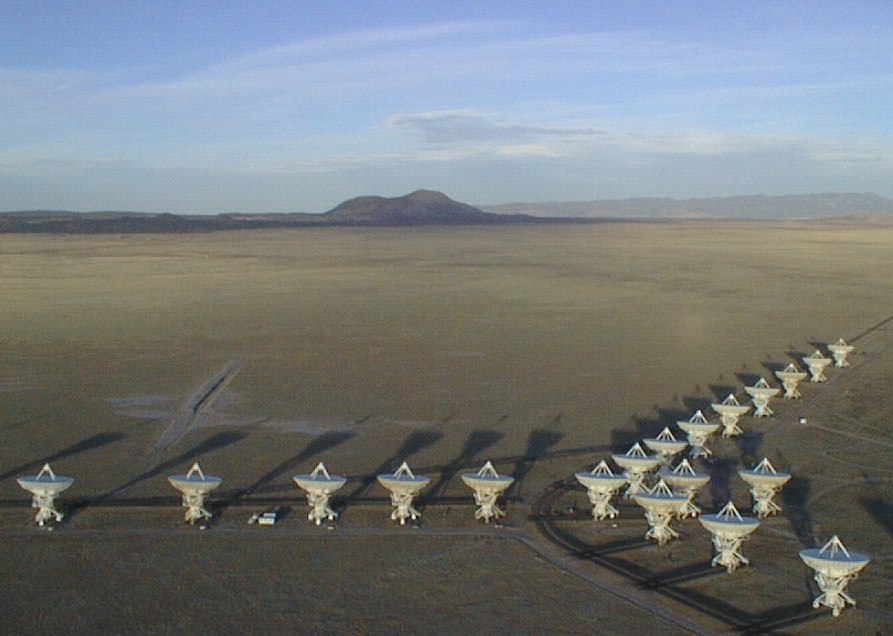From the telegraph equation, it is found that electrical signals travel at fraction of light speed over transmission lines. For copper cables, the speed is about 0.5 c.
Is such speed experimentally verified. Can someone point to some experiments verifying the telegraph equations.
[edit] Is this thought experiment valid: 1) I have a switch S that triggers a step voltage for only a small time interval. 2) S is connected to a free non-powered transmission line pair with a resistor load at other end. 3) When S is triggered (on then off), a step signal will travel along wire and will be detected at the load.
The wires need not be initially powered for the signal to be transmitted.

